- Choso Jujutsu Kaisen Guide: The Death Paintings Member Explained - May 1, 2023
- Historia Reiss Guide: Attack on Titan’s Krista Lenz Explained - March 31, 2023
- Daki Demon Slayer Guide: The Upper Rank Six Demon Explained - March 31, 2023
For someone brand new to manga and anime, it can be a challenging experience. There is so much new information, including community-created terms and words that are derived from Japanese. It can make something like a glossary of anime and manga for newcomers’ guide absolutely necessary.
Fortunately, that is where we come in. We have crafted this glossary of anime and manga for newcomers’ list of terms to help you get to know the various words, genres, and more that you should know about to start off on the right foot.
Glossary of Anime and Manga for Newcomers List
When it comes to starting with manga and anime for the very first time, it can be quite daunting. Even something as simple as the different genres of books and shows can be difficult to understand since many of them use specific terms that a beginner might not know about.
Furthermore, other community-created terms are niche and not well-explained by others that can feel embarrassing to ask your friends about. That is where we come in with a full list of the key terms that we think you should know about as a beginner. If you want to know more about what each of them means, you can look for their full definitions below the general list.
- Manga
- Anime
- OVA
- Light Novel
- Doujinshi
- Otaku
- Shounen
- Isekai
- Shoujo/Mahou Shoujo
- Harem
- Slice of Life
- Ecchi, Fan Service, and Hentai
- Seinen
- BL/Yaoi
- Shoujo Ai/Yuri
- Gundam/Mecha
- Kawaii/Moe
- Tsundere
- Senpai
Manga
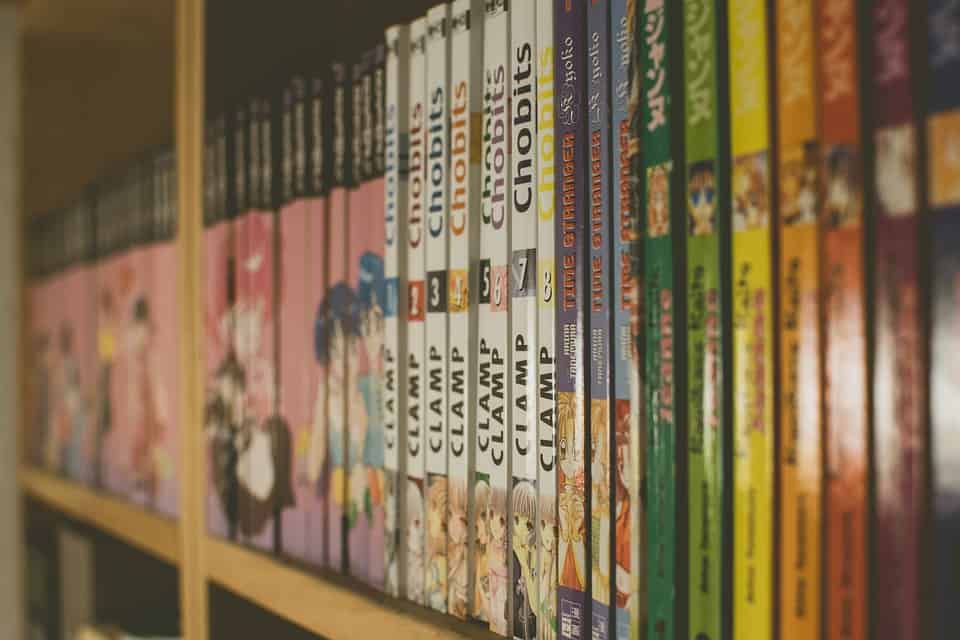
For starters, there is the word “manga” itself. Manga is the Japanese word for comics (though the comic is also used) and, in Western cultures, is used as the word to describe Japanese comics. If you want to read Japanese-based comics, you’ll want to look for manga. Also, though it is called manga, many of them are translated into English.
Anime
Anime is the other big word that you may already know about. Anime is the Japanese word for animation (though, again, the animation itself is also used in Japanese). While it is a more broad term in Japan, the English usage of the word “anime” is meant to indicate Japanese animation.
These days, though, anime is becoming broader of a term and can even mean that it was inspired by Japanese animation but is not necessarily from Japan. This is seen in the case of Western shows like Castlevania, Arcane, and others.
OVA
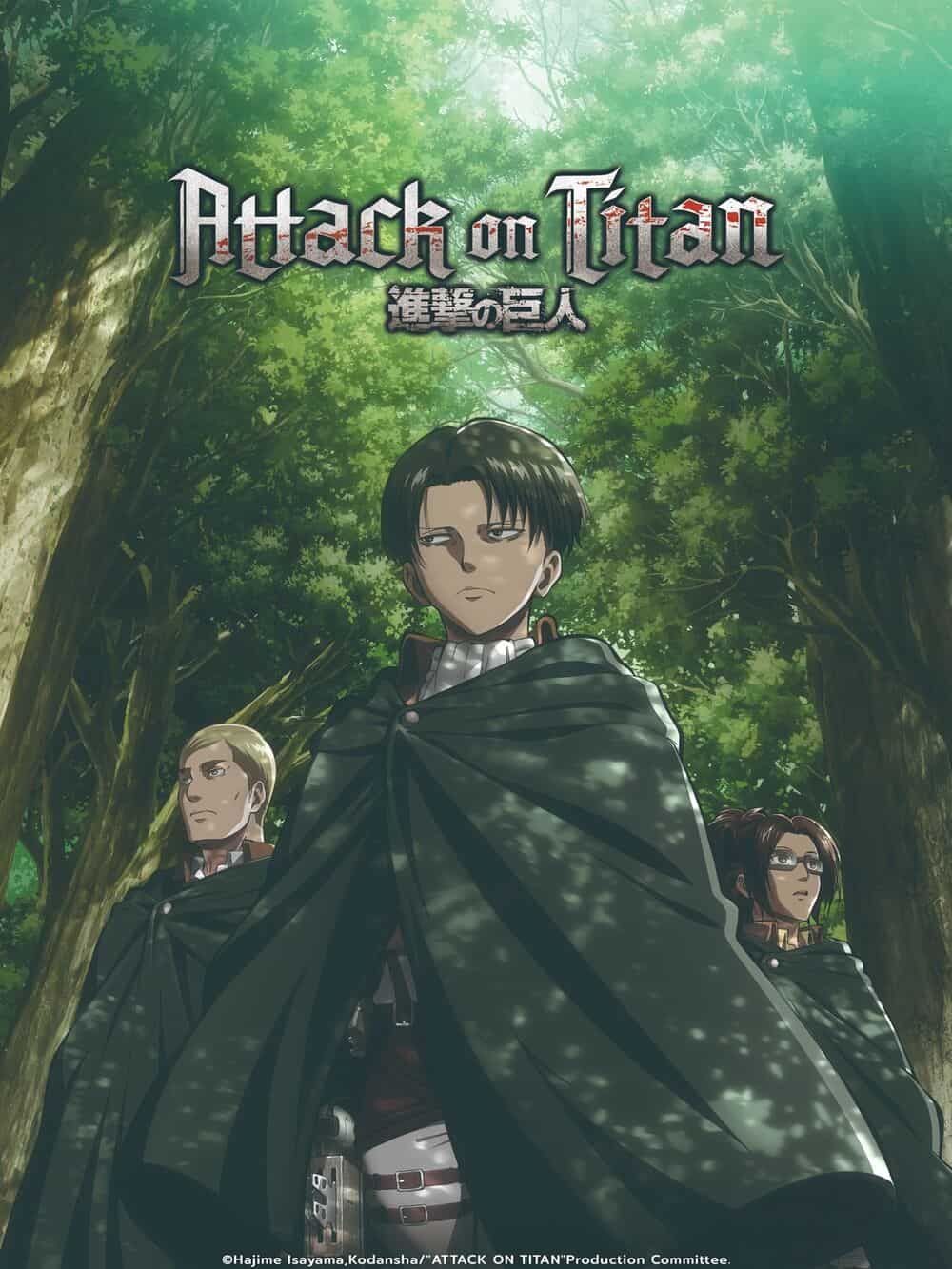
Digging deeper into the anime side, we have OVA. This stands for original video animation and generally includes episodes of shows that are sent straight to video on DVD and blu-ray. When an OVA for an existing series happens, this episode is generally considered a side story not necessarily relative to the main plot.
Light Novel
Another major aspect of manga and anime is light novels. Unlike manga, light novels are mainly traditional books with just really text to read, rather than images to look at as well. However, light novels can be shorter than regular books and have manga-like illustrations on the cover.
Light novels are also used as the basis for many anime adaptations. Some notable ones include Sword Art Online, Overlord, and Rokka no Yuusha. While they may get manga versions, later on, they started as light novels.
Doujinshi
Doujin or Doujinshi are manga that was created by a newcomer. They are not usually signed with a large publication or well-known in the industry. Some Doujinshi include fan fiction of popular characters, while others are original stories that may receive an anime adaptation in the future.
Otaku
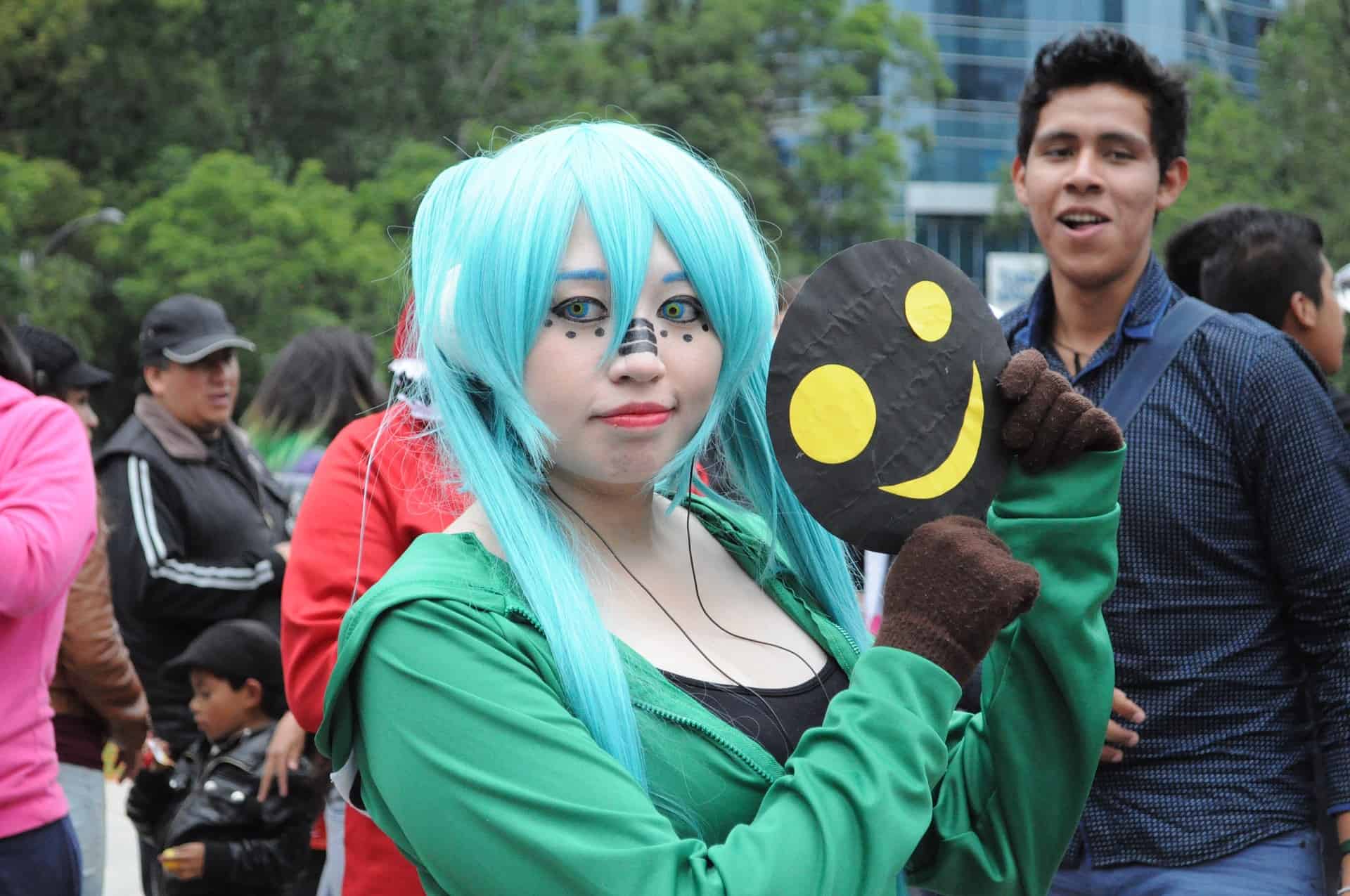
Otaku is a Japanese term to mean someone who is exceedingly interested in a particular topic, but not limited to just anime, manga, and video games. There is an otaku for a variety of areas, including transportation, cosplay, and more.
That said, in English cultures, the term “otaku” is more specifically geared towards major fans of anime, manga, and video games.
Shounen
Moving into the various genre of manga and anime that someone can find, we have shounen, or shonen as it is sometimes localized, which is one of the most basic and popular genres around.
In Japanese, shounen translates to the boy, and this is a genre that is geared towards boys of a pre-teen or teen demographic. That said, it could be enjoyed by any gender or age usually. Shounen is notable for its action-heavy sequences, sometimes lengthy serializations, and heartwarming messages about friendship.
Isekai is another popular genre that could be for all ages and demographics. Isekai means “another world” in Japanese and refers to a series where a protagonist finds themselves in another world. Many Isekai series these days depict someone entering a video game-like world.
Shoujo/Mahou Shoujo
If shounen is for boys, then shoujo is the opposite for girls. The Series here is meant to be for pre-teen and teenage girls, but, again, could appeal to anyone. Shoujo series generally focus on cute characters, drama, and romance. There can also be some comedic elements as well.
While containing the same word, “shoujo,” the Mahou Shoujo genre is a little bit different. Meaning magic girl, the magical girl genre is designed for more action-based storylines about girls who can transform or use magical powers. A quite popular genre itself, many recent series have attempted to subvert expectations with darker storylines revolving around magical girls.
Harem
Harem is another major genre and revolves around a man or woman (reverse harem) who has several different possible love interests. In general, this is more than a love triangle, so harem shows are usually involving at least three possible romantic partners for the character.
Usually pretty goofy, harem shows are for those who wish to cheer on the “best girl” or “best boy” they want the protagonist to end up with.
Slice of Life
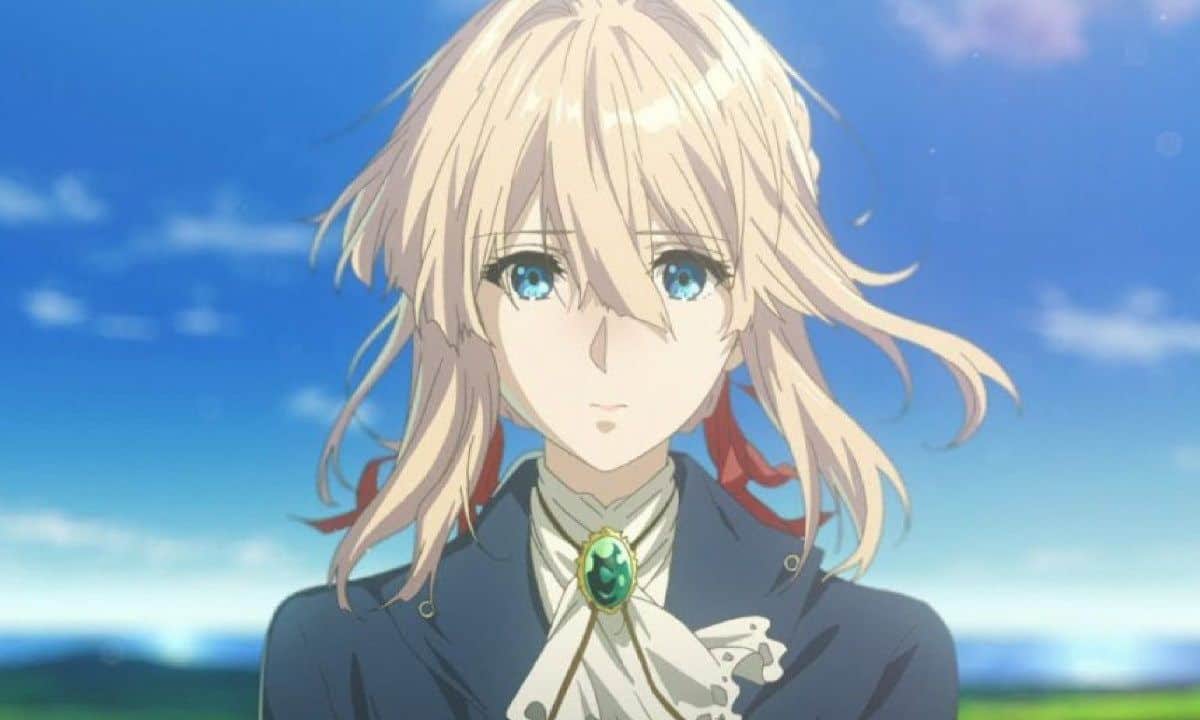
Slice of Life is anime and manga series that are more relaxed and calm. Not usually featuring too much action; many of these shows are chill and might have some comedy or romance thrown in. Many Slice of Life series focuses on high school days or a particular occupation.
Ecchi, Fan Service, and Hentai
Moving into the more adult realm of manga and anime, we have a trio of rather interesting terms that you should know about. Ecchi, which is just the Japanese sound for saying the letter “H,” derives from a certain other words, “hentai.”
Ecchi is a genre that involves a lot of “fan service” or shots of characters that are meant to be sexual in nature. This can include shots of undergarments, cleavage, and more that are meant to be provocative and, well, serve the fans.
Ecchi shows do not necessarily feature nudity, though. However, that is where hentai comes into play as the more uncensored and adult-oriented form of Japanese animation.
Seinen
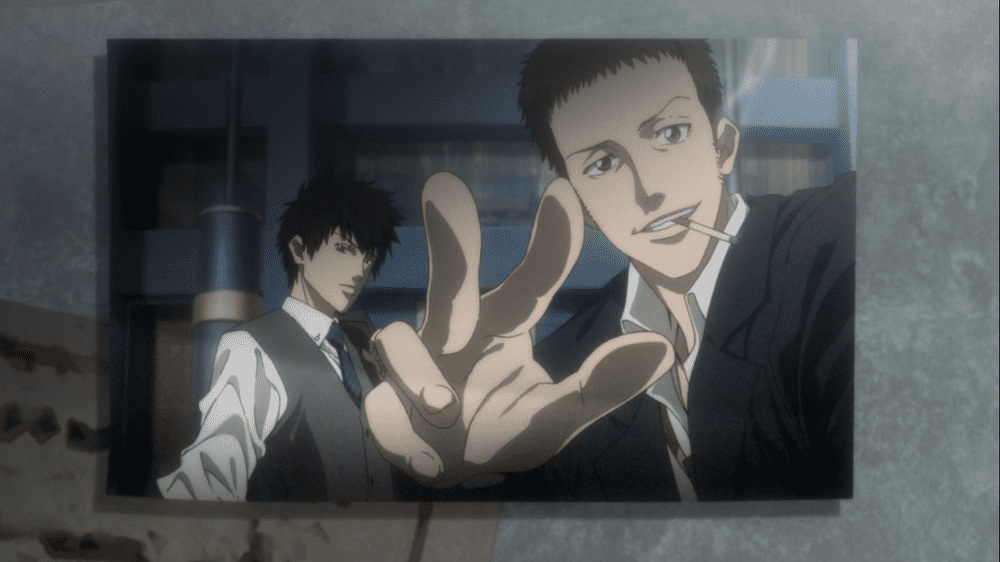
One of my favorite genres of anime and manga is Seinen. Meant for adult males, it is a darker and more gritty genre that focuses on several aspects. While not necessarily guaranteed to be action-packed, it can mean that action-based shows are more gory and bloody.
What I like about Seinen is that it can be associated with psychological and thriller aspects that make some of these shows feel very different from other manga and anime.
BL/Yaoi
For those looking for a more specific style of romance, there are the BL or boy’s love and yaoi genres. As you might be able to guess from the names, these series are based on two (or more) boys who, well, love each other.
What is worth noting here is that, while the series is about gay guys, many BL series are created with women in mind as consumers.
Shoujo Ai/Yuri
On the opposite end, there are the Shoujo Ai and Yuri shows. Shoujo means girl, and ai means love in Japanese, making this a lesbian-centered genre.
Gundam/Mecha
Anime and manga are the birthplaces of the entire mecha genre, with Gundam at the forefront of it all. If you like to see massive robots with human pilots battling it out across Earth and space, this is the place to be.
Tsundere
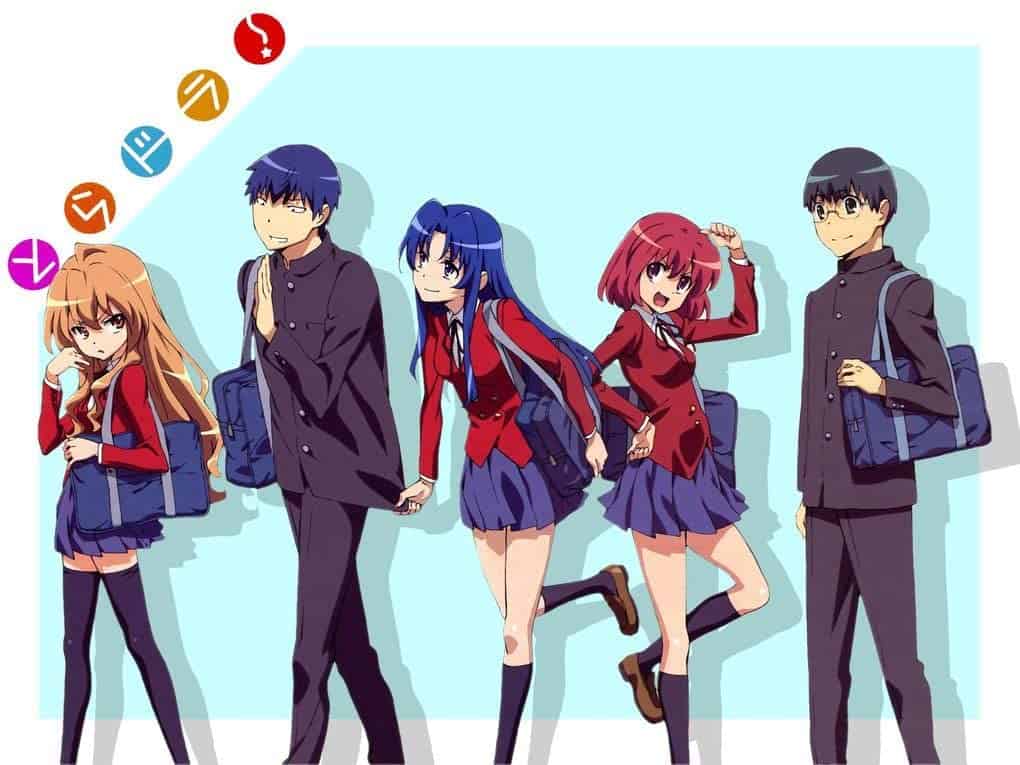
Many manga and anime characters fall into archetypes, with one of the main ones being the tsundere type of character. This person can act cold and downright mean at times but has a heart of gold once you get to know them. Many times, their almost bullying-like personality can indicate they like someone as well.
Senpai
Senpai in Japanese means an upperclassman, used both in school and work. It is essentially someone who might be a schoolmate or coworker, but they have been there for a little bit longer than you. In manga and anime, senpai is seen often, especially in school settings and romance series.
Conclusion
With the newfound knowledge of these terms in our glossary of anime and manga for newcomers list, you are now ready to start tackling some of the genres and styles listed here. If you are interested in some manga that is great for beginners, you’ve come to the right place.
We have previously broken down some beginner’s guides to a couple of different series that we think are great for newcomers to manga and anime, including everything you need to know about My Hero Academia, a superhero show that we highly recommend. If that is not your style, maybe check out our guide to Attack on Titan and its large cast of characters.

